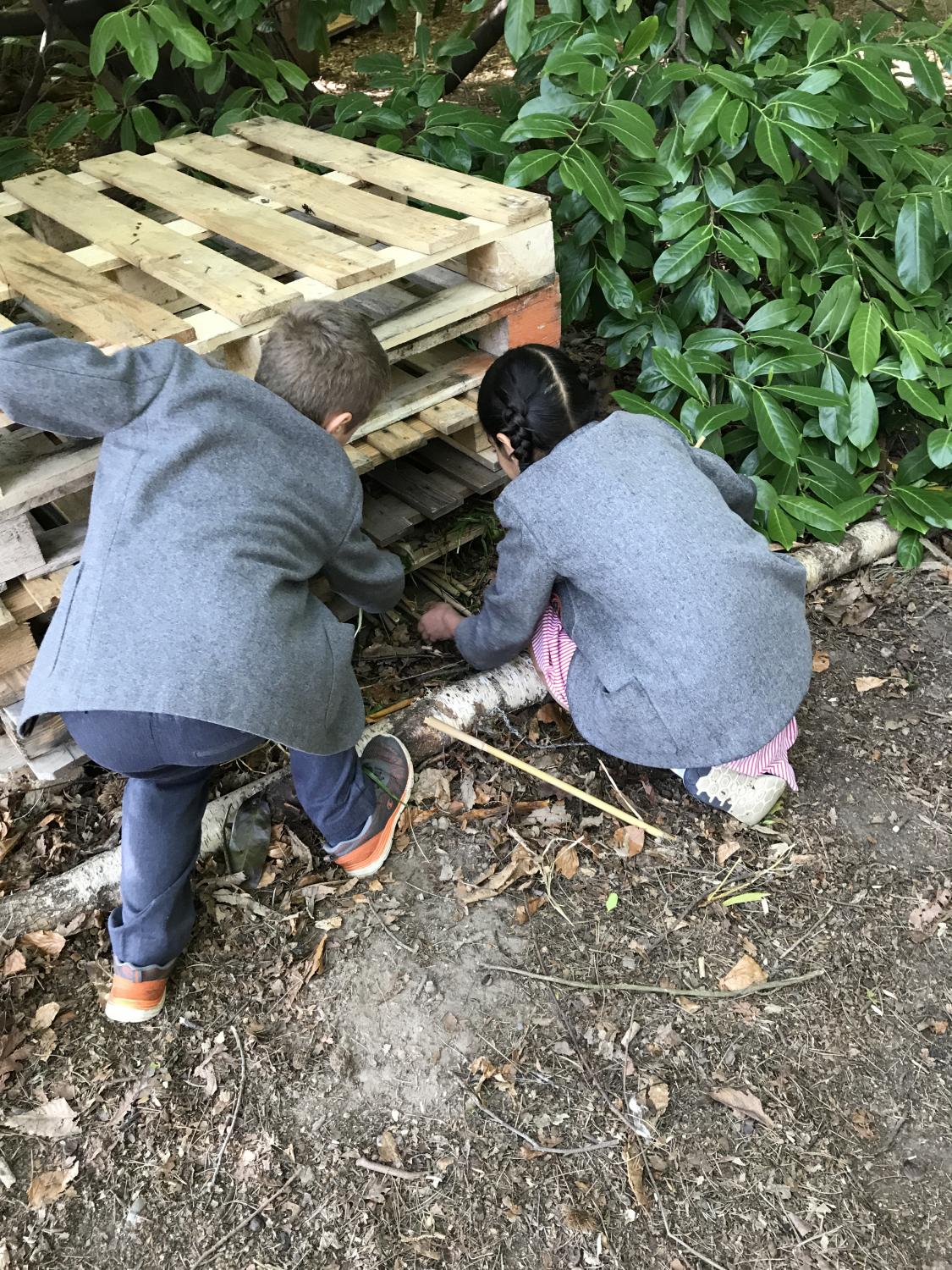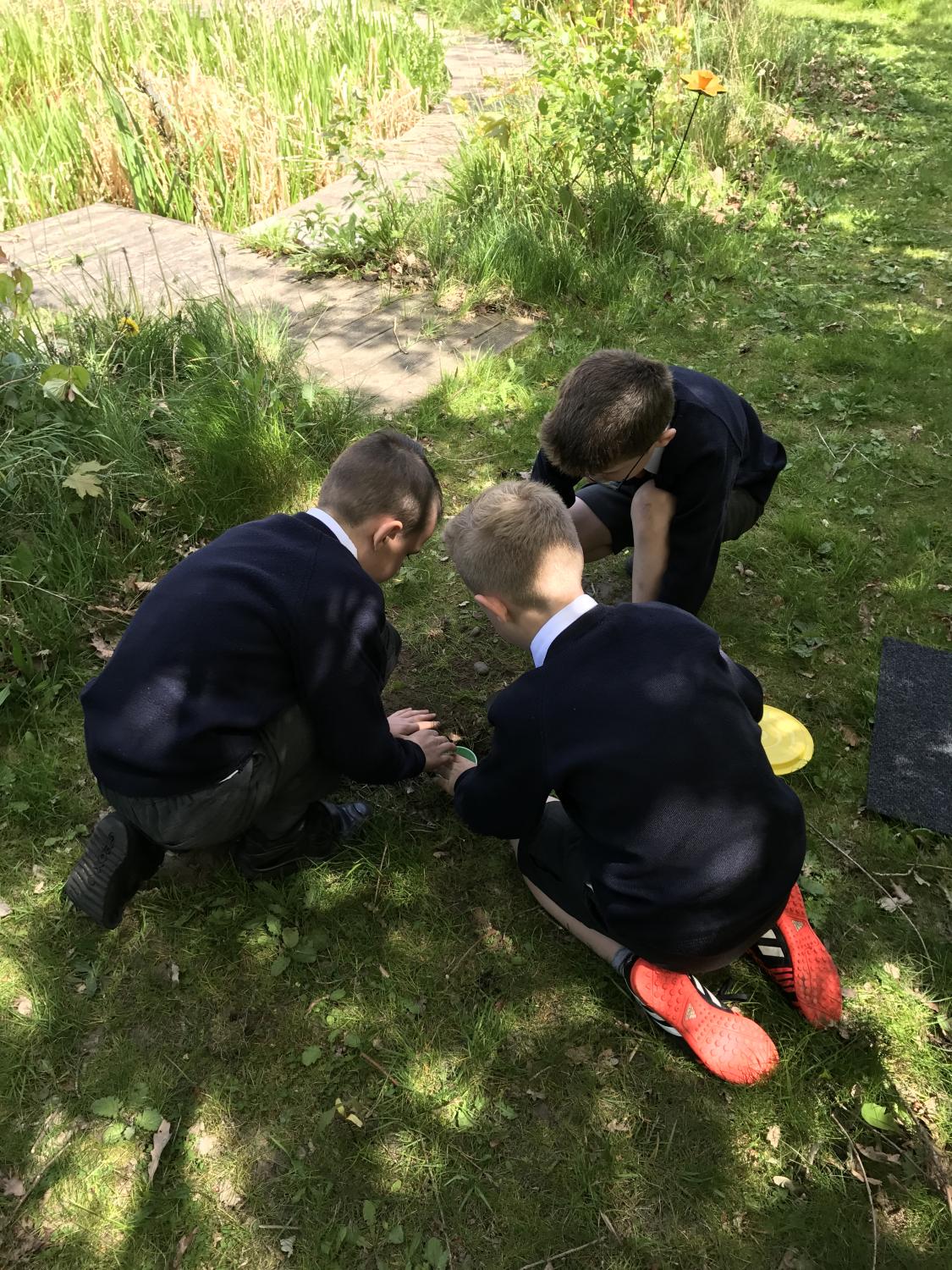
- 10 May 2017
This year I have been lucky enough to receive a Valuing Nature placement to investigate how engaging with the environment in school grounds improves wellbeing of children. Since starting my PhD at the Royal Holloway in 2000, I have been working on conservation status beetle species, starting with the stag beetle. A big part of this work has been carrying out citizen science monitoring projects, helped by members of the public.
My previous work has included developing educational resources and visiting schools, during which time I have become very aware of how much children benefit from seeing species they may not otherwise come in to contact with. For my placement, I am being hosted by Dr Dawn Watling in the Department of Psychology at Royal Holloway University of London, who will guide me in learning the social science skils. This new project will help me to build on my previous citizen science work to develop an interdisciplinary approach: bringing together the fields of biology, psychology, and education.
My focus for this project is to evaluate a scheme designed to encourage children to monitor and improve biodiversity in their school grounds. It has been increasingly apparent in recent years that the number of children suffering from mental health conditions, such as anxiety and depression, is rising, with children as young as eight now being diagnosed. In tandem with this decline, we are facing a loss of biodiversity on an unprecedented scale here in the UK. It therefore seems a perfect time to try and investigate how linking the two problems can help mitigate both. It is well established that children benefit from being outside, but can they benefit more when that time is spent engaging with and improving nature in their own school grounds? This will hopefully give them a lifelong affinity with their environment. Vitally, it may also improve their mental health, giving them strategies to cope with an ever increasingly pressured life.
To do this, I have begun working with 8 primary schools across Surrey and Berkshire. Focussing on the oldest students in the school (Years 5 and 6), who are preparing to make the important transition into secondary education and are on the verge of puberty, and facing a great deal of change over the next few months. I am very grateful to the wonderful teachers and pupils at the schools for accommodating me and am thoroughly enjoying the experience. Hopefully, what I learn from this placement will benefit them and boost their engagement with nature and allow me to extend the project over a wider age range.
If you are interested in the project and would like to know more, please email me at d.harvey@rhul.ac.uk , or follow me on Twitter @SchoolsBioBoost.


